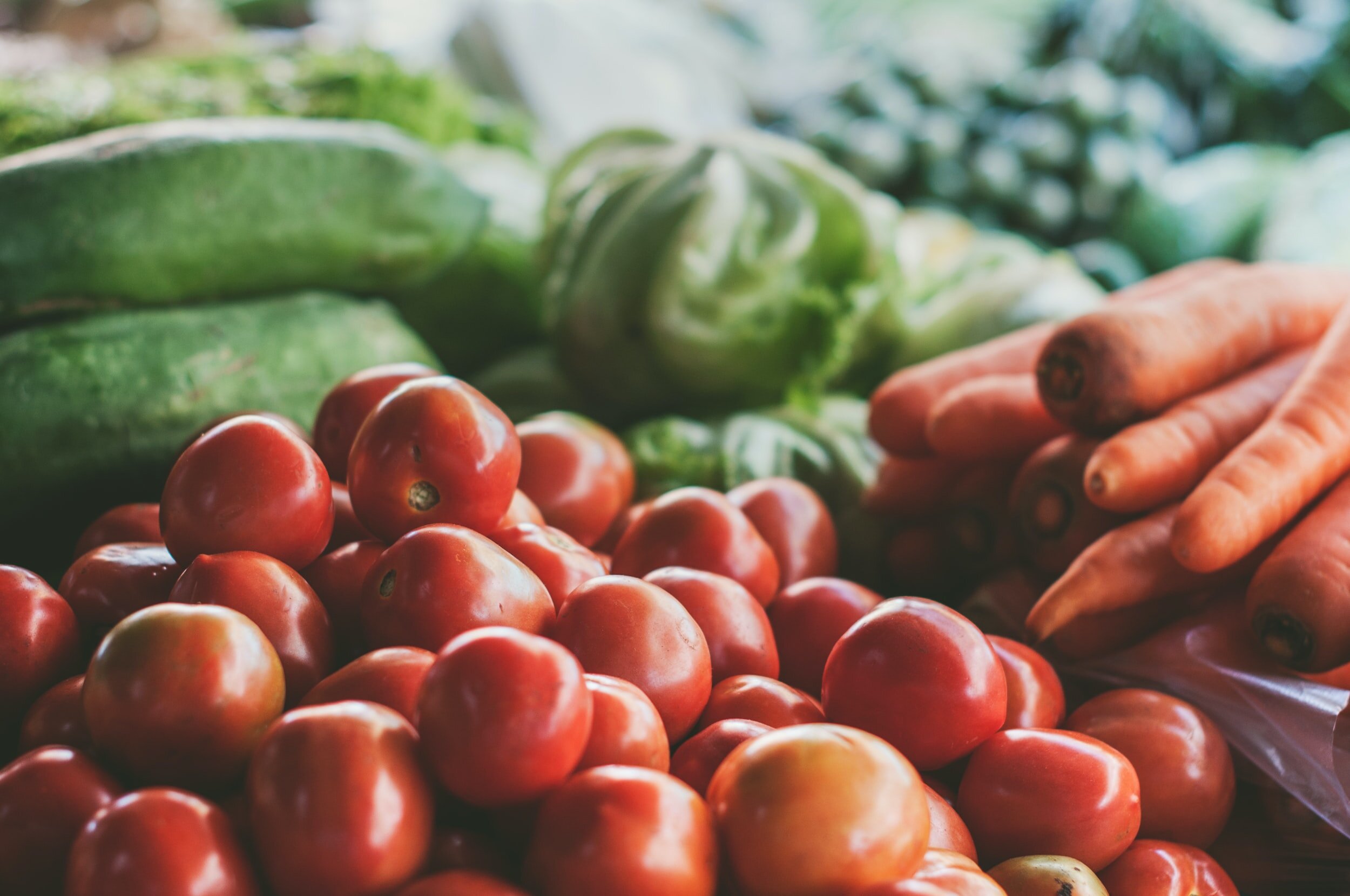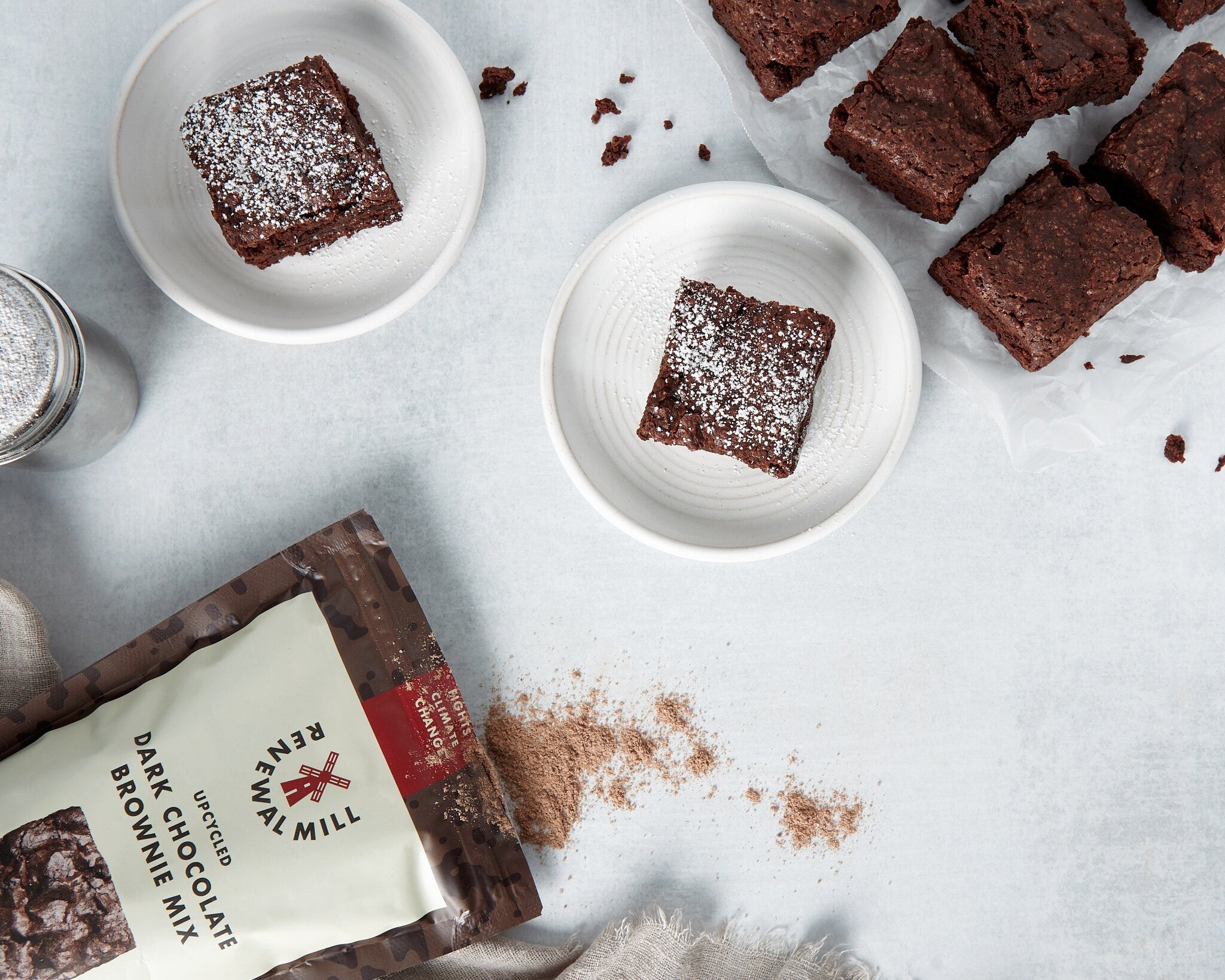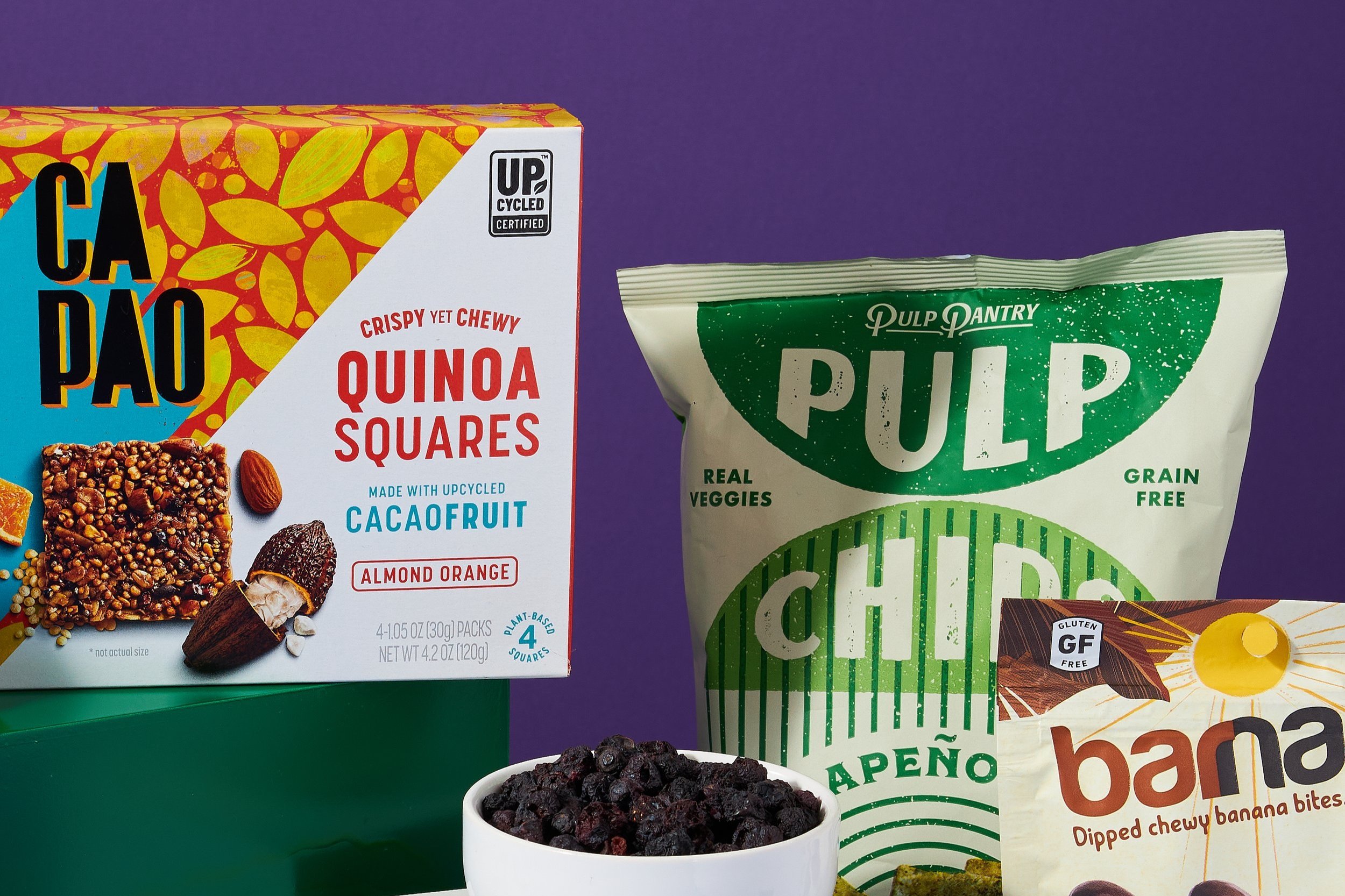
About Upcycled Food
Upcycled Foods are Delicious, Nutritious, and Prevent Food From Being Wasted
Upcycled food is the easy way for anyone to prevent food waste via the products they buy. Upcycled products prevent food waste by creating new, high quality products out of surplus food. It’s an innovative approach to food waste because it is the first consumer product-based solution, making it highly scalable and economically sustainable.
Upcycling food is an ancient tradition based on the philosophy of using all of what you have. It's about doing more with less, and elevating all food to its highest and best use. Most of all, upcycled food is about reducing food waste, by creating high quality, nutritious food products out of the nutrients that slip through the cracks of our food system. But what is 'upcycled food' technically?
A team of experts from Harvard Law School, Drexel University, World Wildlife Fund, Natural Resources Defense Council, ReFED, and others officially defined “upcycled food” in 2020 for use in policy, research, and more:
“Upcycled foods use ingredients that otherwise would not have gone to human consumption, are procured and produced using verifiable supply chains, and have a positive impact on the environment.”

To learn more about the definition of "upcycled food," watch a recording of the public webinar we held in June 2020.
The task force also produced a summary paper, which explains the following definition elements:
1. Upcycled foods are made from ingredients that would otherwise have ended up in a food waste destination.
According to the Food Loss and Waste Protocol, the food waste destinations are when food ends up in places like incinerators, as animal feed, in landfills, or in anaerobic digestors. By avoiding these destinations, upcycled food makes better use of the energy expended in growing, transporting, and preparing that food.
8% of human-cause greenhouse gas emissions come from food loss and waste, which is why reducing food waste is considered the single greatest solution to climate change according to Project Drawdown.
2. Upcycled foods are value-added products.
Globally, we lose around $1 trillion per year on food that is wasted or lost. Upcycled food captures that value, and leverages it to create a sustainable and resilient food system.
3. Upcycled foods are for human consumption.
Upcycled food is all about elevating food to its highest and best use.
Upcycled foods are for human consumption, but upcycled ingredients could also be included in animal feed, pet food, cosmetics, and more.
4. Upcycled foods have an auditable supply chain.
28% of agricultural land goes to grow food that is never eaten. The auditable supply chain ensures that upcycled food is truly helping to reduce waste by utilizing all the nutrients grown on farms, helping farmers get more value out of their land.
Upcycled food will help to feed a growing population without increasing deforestation or putting extra pressure on the environment.
5. Upcycled foods indicate which ingredients are upcycled on their labels.
More than half of consumers want to buy more upcycled foods.
Upcycled food gives everyday people the ability to vote with their dollars to end food waste. By indicating which ingredients are upcycled, consumers know they are spending their money in a way that aligns with their values.






